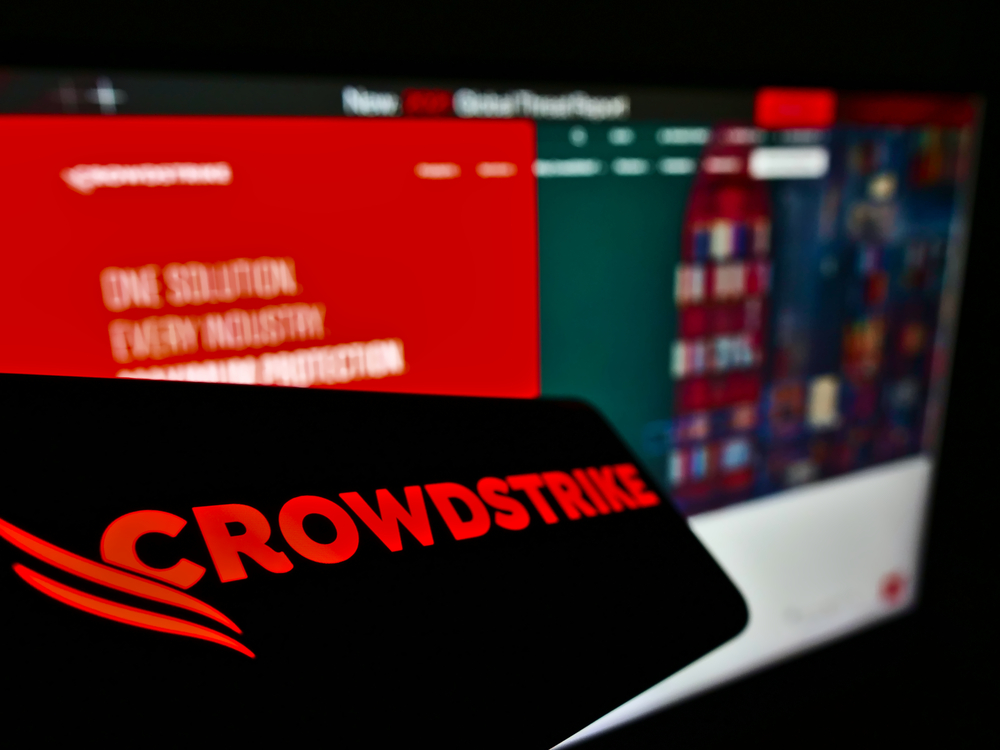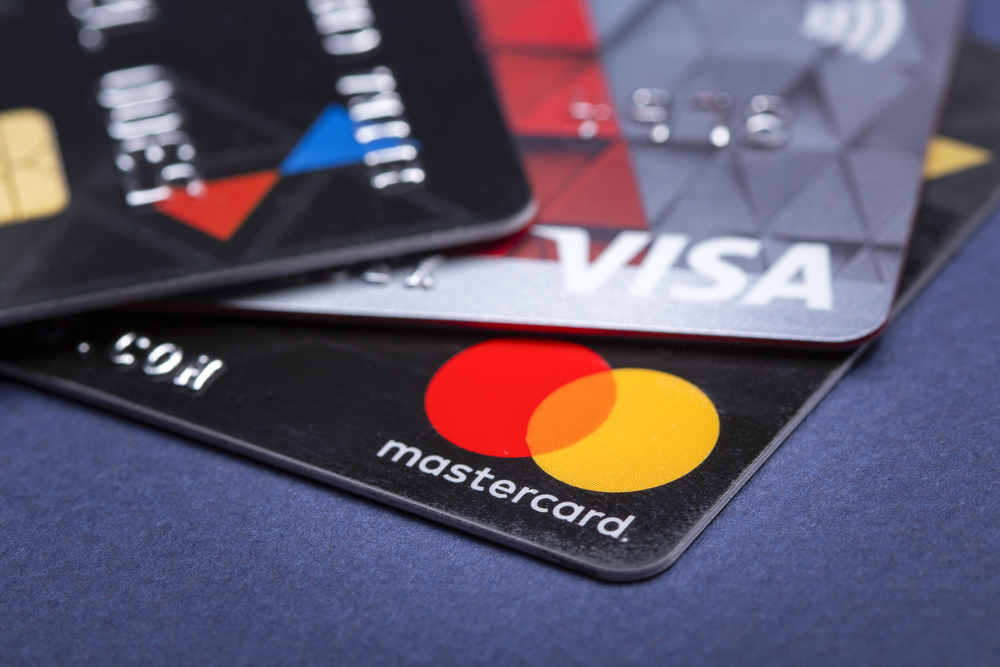
- CREDIT CARD PROCESSING
- Credit Card Processing Fees
- Credit Card Surcharges
- Merchant Account Fees
- MERCHANT PRICING
- MERCHANT SERVICES
- PAYMENT PROCESSING
- PAYMENTS
Why Credit Card Processing Fees Are So High and How To Lower Them
Feb 10, 2023 4 minutes
Are you shocked by how much your credit card processor charges each month?
You’re not alone. Credit card processing fees have become a big business, with companies charging upwards of 3% of each transaction.
While it may seem like you’re getting ripped off, there are ways to negotiate these fees and bring them down.
In a recent interview for Time magazine, the CEO of Visa reveals some interesting facts about the credit card industry, fees, and competition. Read on to see if you agree with his mentality or if you want to push forward and eliminate fees altogether.
Credit card companies charge a percentage to accept payments from customers on their network—why?
The reason why credit card companies charge a percentage to accept payments from customers on their network is because it’s how they make money. Simple as that!
This fee, known as the merchant discount rate (MDR) typically ranges from 2-3%, sometimes they can be as high as 5%. MDRs are negotiable, so if you’re being charged an unusually high rate, it is worth trying to negotiate it down with your credit card company.
Here is the range of average credit card processing fees per credit card network:
- Visa: 1.4% – 2.5%
- Mastercard: 1.5% – 2.6%
- Discover: 1.55% – 2.5%
- American Express: 2.3% – 3.5%
Why is there not just one flat MDR for all networks?
Unfortunately, there isn’t just one flat MDR for all networks because credit card companies are competing with each other to offer the best services and fees to their customers.
Each company strives to be more competitive in order to attract more business from merchants and consumers.
Why would I choose to accept payments from a card network with a higher fee?
The reason why you would choose a card network with a higher MDR is because it might offer more features and services that could benefit your business.
For example, AMEX has the highest fee of the four major credit card networks. AMEX also has the best rewards programs and loyalty from customers of any network. i.e., customers who use AMEX do so religiously and often don’t bother opening an account from another network. American Express cardholders also spend the most per month.
By only looking at the percentage, it’s easy to dismiss some card networks. But there are consequences that can negatively affect your bottom line. So the trade is paying a slightly higher fee but earning more in revenue.
Visa’s lowest rate is 1.4% but I pay 1.8%, why?
The 1.4% is the base rate that Visa sets for its merchant discount rate, but it typically increases after additional fees and assessments are added in.
These additional payment processing fees vary based on your business type, location, transaction volume, industry type, etc. Therefore, even though Visa’s base rate is 1.4%, you may end up paying 1.8% or more depending on the other factors involved. And that doesn’t mean Visa get’s 1.8% of your transaction. In fact, the network only gets about 0.13%. The rest goes to other players, which we’ll outline later.
Visa CEO, Al Kelly, in his interview with Time reminds us that these fees are nominal. 1.4% is like scraping the barrel. As business owners following financial news, we see record profits for networks like Visa. But in reality, those massive profits happen because Visa is used worldwide across every market.
What are all the credit card processing fees I pay per transaction?
The typical credit card processing fees associated with a transaction are the interchange fee, which is paid by the merchant to the cardholder’s issuing bank, and the acquirer fee, paid by the merchant to the credit card processing company.
You may also have additional fees from your credit card payment processor, such as a setup or monthly fee. Here’s a list of the fees that make up your processing rate:
- Interchange fee
- Assessment fee
- Payment processor fee
- Setup fee
- Monthly fee
Who gets the interchange fee and is it negotiable?
The interchange fee is NON-NEGOTIABLE. This fee goes to the card issuer (Capital One, Bank of America, Wells Fargo, etc.) and is designed to cover handling and risk. It’s the same rate for all merchant types and cannot be changed, though the fee changes depending on the card brand.
The interchange fee typically ranges from 1.29% to 3.5%, depending on the type of card used, transaction amount, etc.
It’s unfortunate that the interchange rate is non-negotiable because it makes up most of the fees you pay. Having said that you can opt to pass on the interchange fee to customers in the form of a surcharge, but it depends on your industry and state regulations. We don’t recommend doing this, though.
What about the assessment fee? Is it negotiable?
The assessment fee is what the card network charges. It’s around 0.13% – 0.14%. It’s also non-negotiable. Even if it were, you wouldn’t get too much back.
And the payment processor fee? It’s negotiable, right?
Correct! The payment processor markup is negotiable. It also makes up a nominal amount, but it works a bit differently than the other fees AND its structure depends on your business model.
This one is worth its own section, so let’s break it down in the next section.
What other fees might I be paying, and can I get rid of them?
The other fees you may be paying include:
- setup and monthly fees
- payment gateway access fees
- tokenization fees
- fraud protection services
- cancellation fees
- compliance fees
- chargeback fees
- statement fees
All these are negotiable, so you can get rid of them or reduce the rate by using a different merchant services provider. You can read much more about these other fees and how to lower them here.
Remember to take into account your business model when deciding which payment processor is right.
Types of Payment Processor Fee Structures
There are four fee structures used by payment processors.
1. Flat Rate
Popular payment processors and service providers like Stripe, Square, and PayPal use the flat-rate pricing. You pay a percentage plus a dollar amount per transaction for every transaction. There is no change in this per-transaction fee whether you have high-ticket items, low-ticket items, subscriptions, etc.
This structure is the simplest because it’s all packaged into one percentage that covers it all, but it’s non-negotiable.
Ex. 2.6% + $0.20
2. Interchange Plus
This, in our opinion, is the best structure you can opt for. You get the exact interchange rate for each transaction plus a markup that can be negotiated. The markup is the only negotiable fee, and it’s usually used to cover processing costs.
Ex. Interchange rate + 0.10% + $0.10
The markup is 0.10% and $0.10, so that’s what you can negotiate lower. Getting it down to $0.05 per transaction should see a bump to your bottom line.
3. Tiered Pricing
This model is a bit outdated but still used by some processors like First Data, Elavon, and WorldPay. It’s similar to the flat rate structure in that you get a single percentage fee, but what it does differently is break down transactions into different tiers based on the type of transaction.
- Qualified payments – low-cost, low-risk payments such as debit cards or non-rewards cards swiped or inserted at checkout in person. The lowest markup is added to this payment.
- Mid-qualified payments – payments that are more expensive for the merchant service provider than qualified payments. These include rewards credit cards or online transactions (card not present transactions). The merchant may be charged a higher markup and the customer will have to verify their address (AVS).
- Non-qualified payments – carry the highest markup for merchants and involve payments such as online transactions, international cards, corporate cards, and high-level rewards cards (also most card not present transactions). Merchants should expect to pay a higher rate for these types of payments under a tiered model, sometimes up to 4%.
Ex. (Mid-qualified) Interchange rate + 1.25% + $0.10
You can see the markup, which would changed depending on how it’s qualified, but you won’t be able to negotiate that rate lower. So you do have three potential rates, but all are fixed.
4. Membership
Some payment processors offer a subscription-based pricing model. You’ll pay a monthly fee for the service as well as other features, such as customer service or fraud protection. The rates are usually fixed and non-negotiable.
The value that this option offers is instead of paying a markup per transaction, you pay a monthly fee.
Ex. Monthly fee of $99 + interchange rate + $0.05
There is usually a small flat fee tacked on. If this model appeals to you, you should speak with the processor before subscribing to see if that swipe fee is negotiable.




